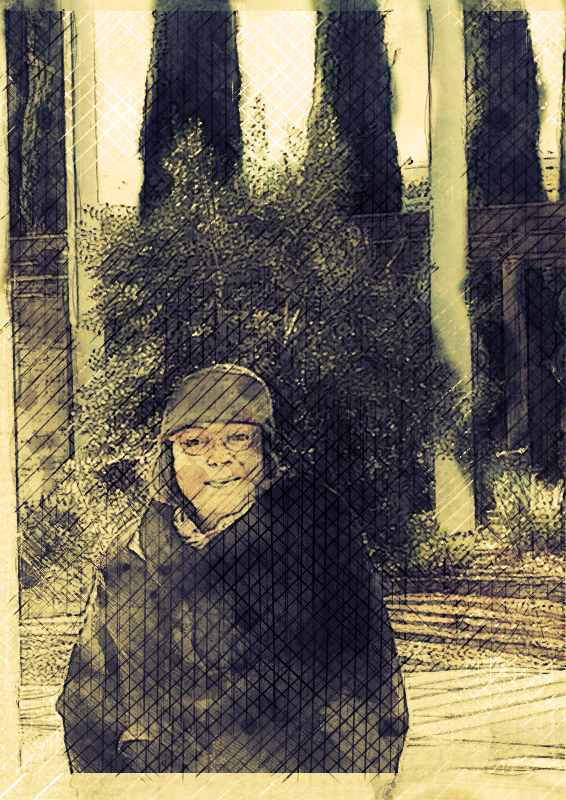``T
hese events, where variety, difference, and individuality were expressed in the backdrops of Mies Van Der Rohe’s quite curtain-wall facades, belonged to a kind of otherworldly realm of happiness and possibility.
Remembering. The child who grew up in the Lafayette Park Towers demanding of its floors and walls satisfactions and joys of childhood play. The divorcé who transitioned from one kind of life to another in the anonymous but anchoring structure of a high-rise tower. The student who barely moved in and slept on the carpeted floor in a sleeping bag for two years. The interior designer who brought the apartment to aesthetic perfection with art, books, a glass table and mohair couches. The subsidized tenant who owned no furniture when he first moved in and who discovered the architecture’s meaning as a result of being alone with it. The single mother who longed for a life on stage, who danced for the other Tower at night backlit with a lamp. My neighbors. The people I lived with in the Lafayette Towers. I remember them.”
Janine Debanne – The Lafayette Towers – Looking Back, published in Thanks for the View Mr Mies. (Metropolis Books, 2012)
J
anine Debanné is an Associate Professor at the Azrieli School of Architecture and Urbanism at Carleton University in Ottawa. She teaches courses in design, in history and theory of architecture, and in architectural representation. Her research interest lies in the reception of built architecture by dwellers and in themes related to architectural measurement. While teaching at the University of Detroit Mercy from 1995 to 2000, she conducted research as a participant observer on the place where she lived — which happened to be a significant work of modern architecture: the residential district of Lafayette Park by Mies van der Rohe, in Detroit. Over the course of many years, her close observation and reflection on Mies’s architecture in that city took the form of writings, photographs, and a film on Lafayette Park as both a famous historical outcome of American urban renewal, and as an inhabited tapestry of human lives and stories. The double title UR Mich 1-1: An Inside Story of Lafayette Park, refers to this dual theme. She received funding from the Graham Foundation for the Arts early in her research and contributed to the CASE journal published by HARVARD PRESTEL devoted to Lafayette Park, as well as to Thanks for The View Mr. Mies, and an issue of the Annales de Géographie on domestic spaces, among others.
CONVERSATION PODCAST AND MATERIALS

